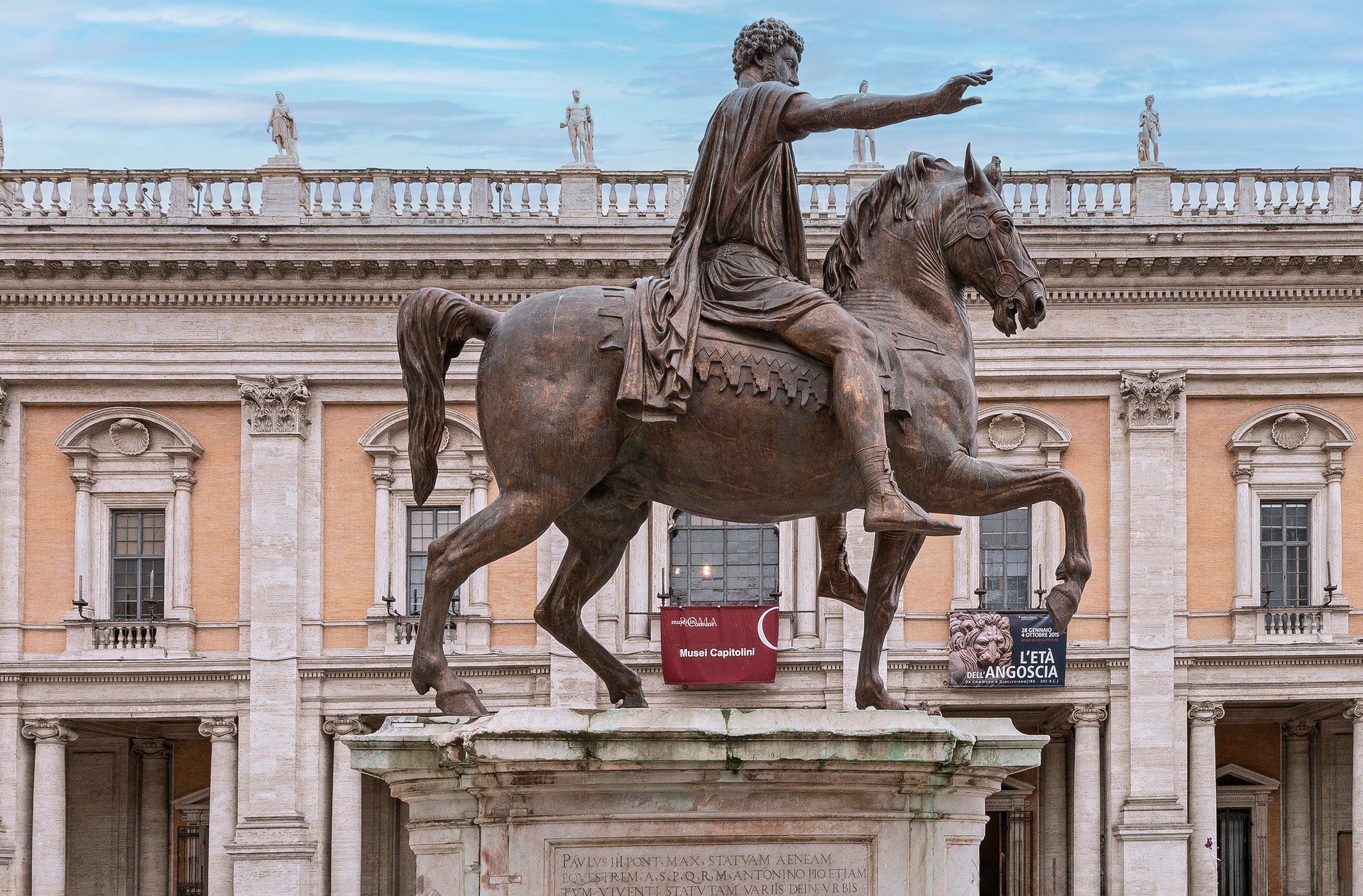
The Roman Salute, a gesture historically associated with ancient Rome, is commonly recognized as the act of raising one arm, usually at shoulder height, and extending the hand outward, palm facing forward.
This gesture, initially a symbol of respect and loyalty, has been interpreted and repurposed throughout history.
While it originated in the Roman Empire, its modern use has taken on various controversial meanings, especially during the 20th century.
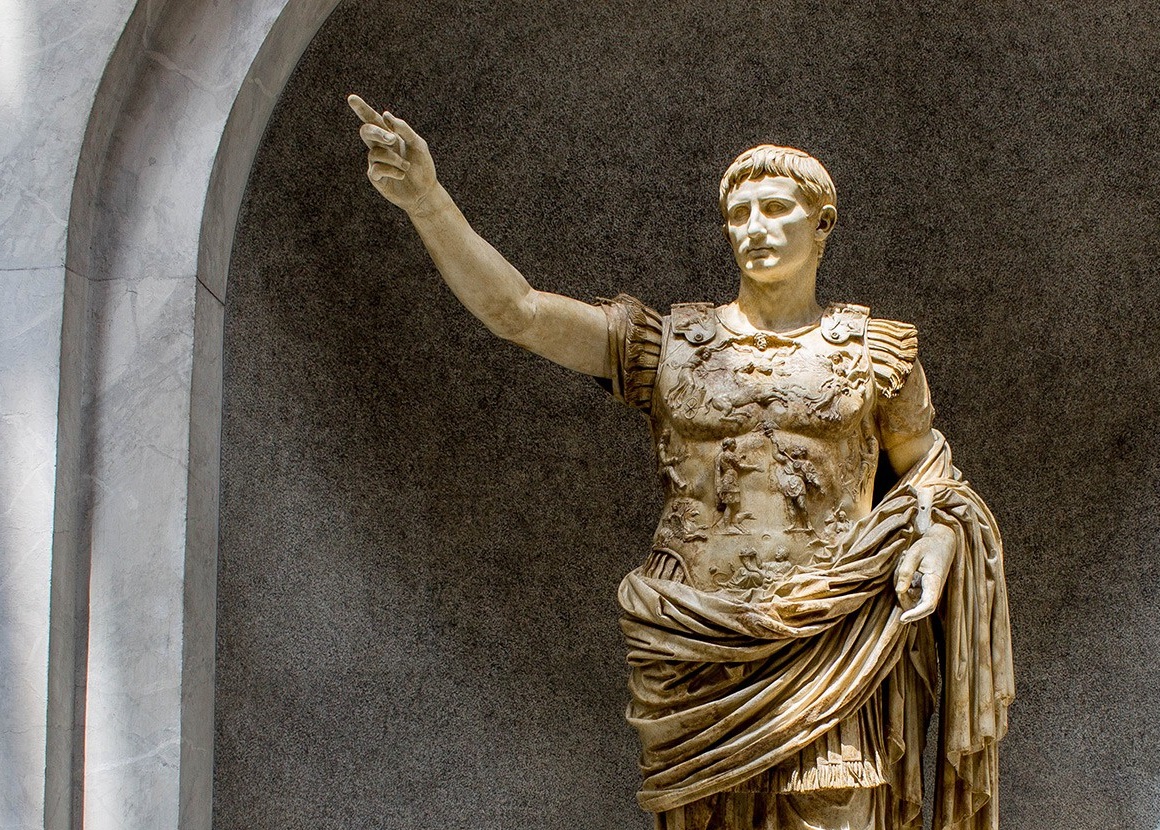
The Roman Salute's origins date back to the Roman Republic and the early days of the Roman Empire, particularly around the first century B.C. The salute was a military gesture used by Roman soldiers to show loyalty to their commanders or the state. It was also a means of conveying authority and honor. It is believed that Roman soldiers often used salutes when they addressed their commanders, high-ranking officials, or the emperor.
During the reign of Augustus, the first Roman Emperor, the salute was formalized and became more widely recognized. Augustus, who sought to consolidate power and create a unified image of Rome, utilized various symbols and gestures, including the Roman Salute, to communicate authority and devotion to the state. In this period, it became a common practice between both military and civilian Romans.
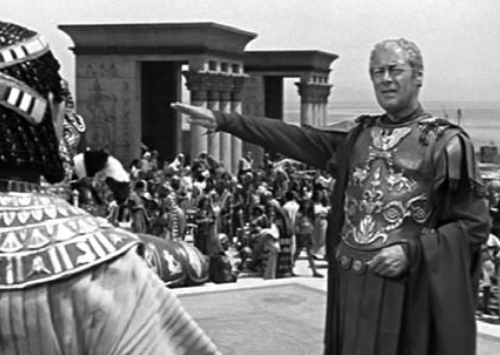
The Roman Salute, in this sense, represented loyalty to the emperor and the state, symbolizing both personal allegiance and the strength of the Roman Empire.
Augustus' reign marked the beginning of the Roman Empire, and with it came the centralization of power and the institutionalization of Roman culture. The salute helped reinforce the emperor's authority, and over time, it became a symbol of the Roman state’s power and unity.
It was not only a gesture of greeting but also a reaffirmation of the individual's place within the hierarchical structure of Roman society.
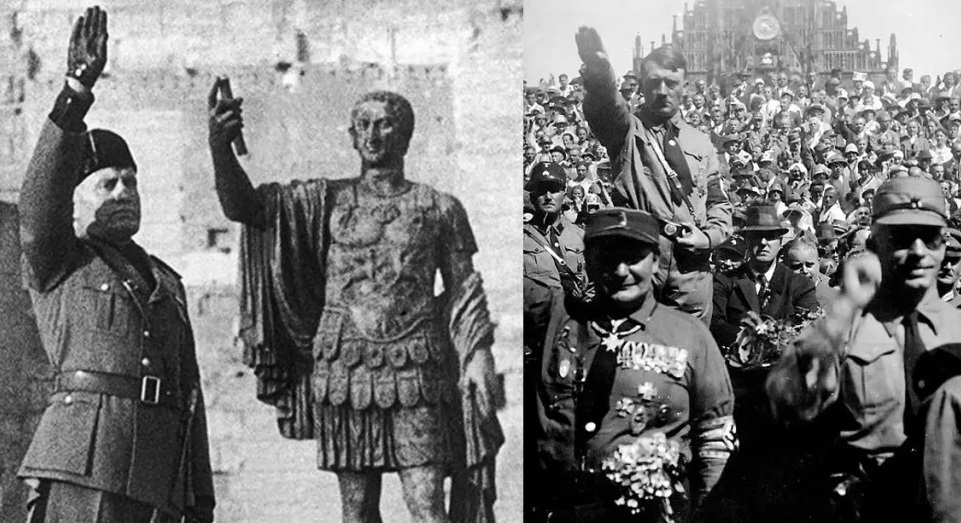
The Roman Salute remained relatively dormant in its original form for centuries. However, it reemerged prominently during the 20th century, particularly in fascist Italy and Nazi Germany, where it was co-opted as a symbol of state control, authoritarianism, and nationalism.
Benito Mussolini’s fascist regime in Italy revived the Roman Salute as part of its broader effort to evoke the glory of ancient Rome. Mussolini and his followers sought to project power and unity by adopting symbols from Roman history, and the Roman Salute became an official gesture in Italy during the 1920s and 1930s.
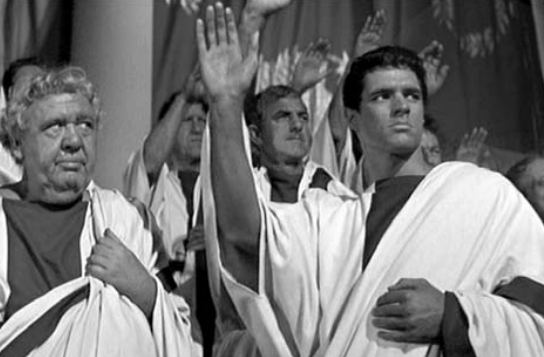
Similarly, Adolf Hitler and the Nazi Party in Germany adopted the Roman Salute as part of their propaganda efforts. The salute was combined with the Nazi slogan "Heil Hitler," further linking the gesture to Nazi ideology.
The Roman Salute was used as a demonstration of loyalty to the Fuhrer and the fascist state, symbolizing the obedience of the people and the state's authority.
In both cases, the Roman Salute became a central part of the fascist regimes' symbolic language. The salute, which originally symbolized loyalty to the Roman emperor, was now being used to signify allegiance to totalitarian leaders and their regimes. As a result, the gesture became heavily associated with totalitarianism, militarism and nationalism in the 20th century, marking a stark departure from its original meaning.

In contemporary times, the Roman Salute is frequently associated with fascism and authoritarianism. However, the gesture has resurfaced in different contexts. For instance, during the inauguration of President Donald J. Trump in January 2025, Elon Musk, the CEO of Tesla and SpaceX, caused a stir when he performed a Roman Salute during his speech. Many viewers, especially on social media, were confused by the gesture. Musk’s action revived debate about the Roman Salute’s meaning, given its associations with past fascist movements.
Musk's behavior is known for its unpredictability, as seen during his participation in Trump’s presidential campaign. His use of the Roman Salute during the inauguration led to widespread discussions, particularly in Turkey, where social media users expressed concern about the gesture’s controversial history and its implications.
 she-wolf Lupa, at Capitoline Museum, Rome, Italy, December 29, 2024. (Photo via Koray Erdogan/Türkiye Today)" >
she-wolf Lupa, at Capitoline Museum, Rome, Italy, December 29, 2024. (Photo via Koray Erdogan/Türkiye Today)" >
Today, the Roman Salute is widely recognized as a symbol of fascism and authoritarianism, especially in the context of its use by Mussolini and Hitler. In many countries, performing or promoting the Roman Salute is seen as a declaration of far-right ideology, nationalism, and extremism. The association with Nazi Germany and fascist Italy has left a lasting negative connotation on the salute, making it a highly controversial gesture.
However, despite its dark associations, the Roman Salute still appears in various cultural and historical contexts. For instance, movies, books, and television series set in ancient Rome sometimes depict gesture to convey the atmosphere of the time. In these contexts, the Roman Salute is usually presented as a historical element rather than a political symbol.
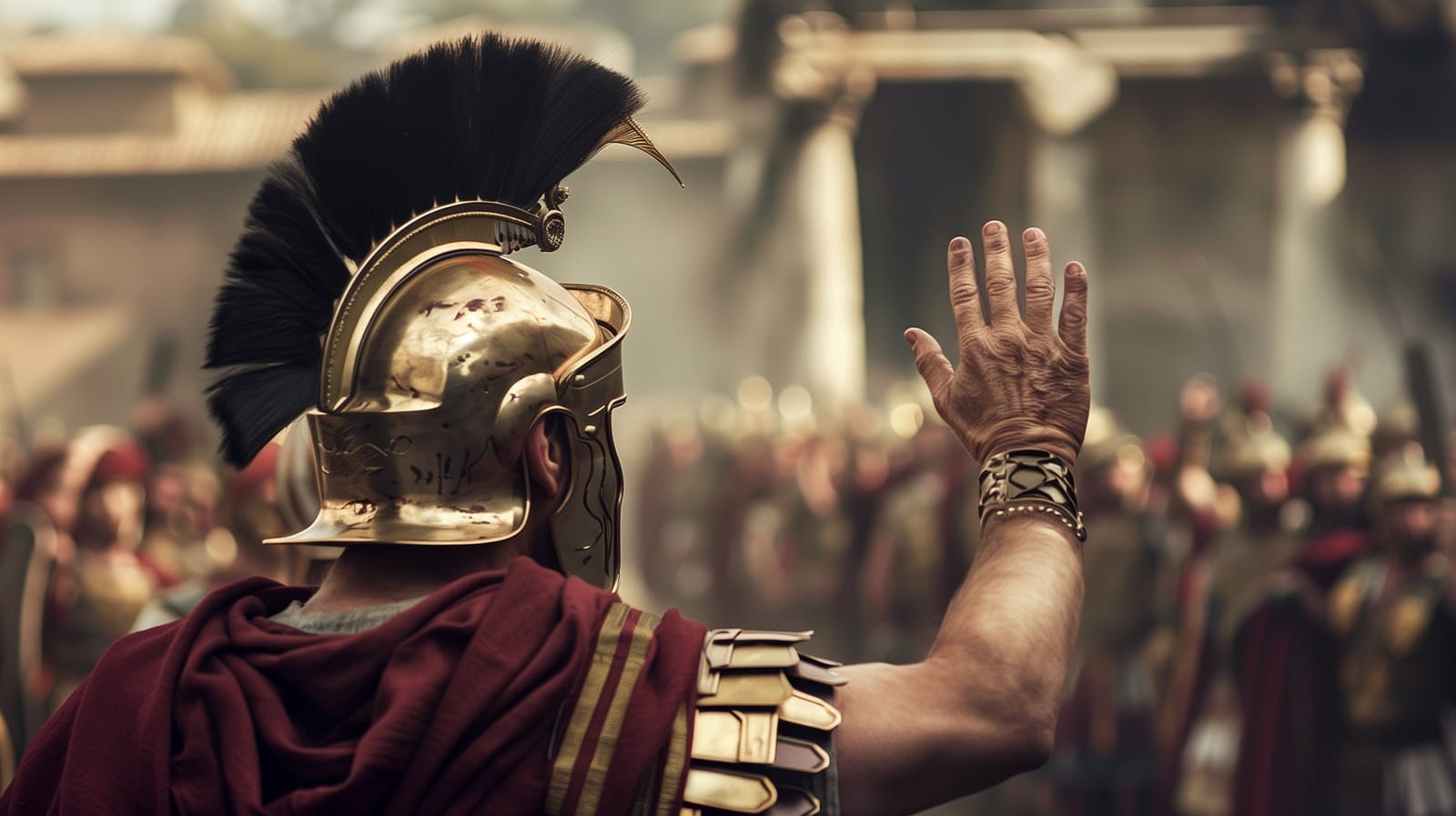
Some individuals, particularly those interested in ancient Roman culture or historical reenactment, continue to use the salute as a form of tribute to the grandeur and organization of the Roman Empire. However, this use is relatively rare and is typically confined to specific historical or cultural circles.
Despite its negative connotations in modern times, the Roman Salute remains an important historical symbol, reflecting both the grandeur of the Roman Empire and the darker, more controversial uses it has been subjected to in the modern era. The salute's history serves as a reminder of the ways in which symbols can evolve and take on new meanings, influenced by the political and cultural contexts in which they are used.